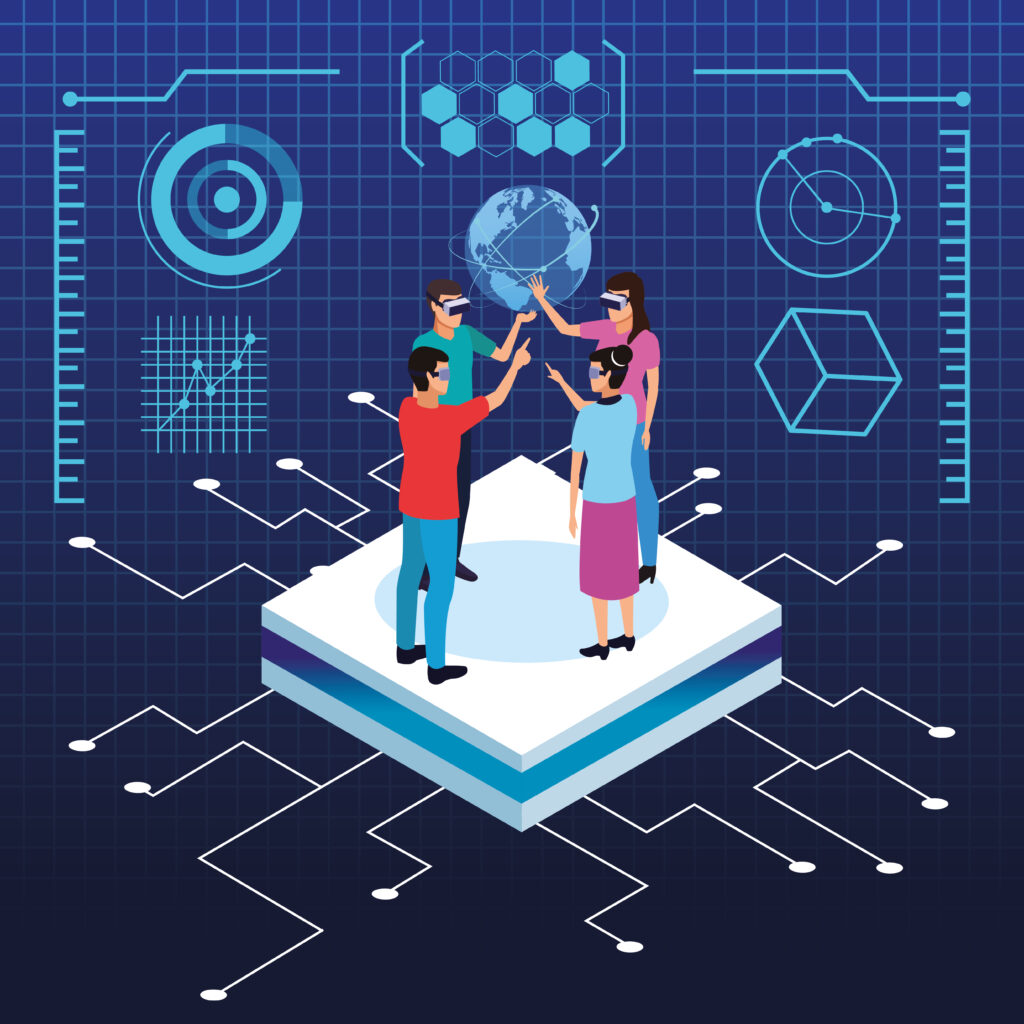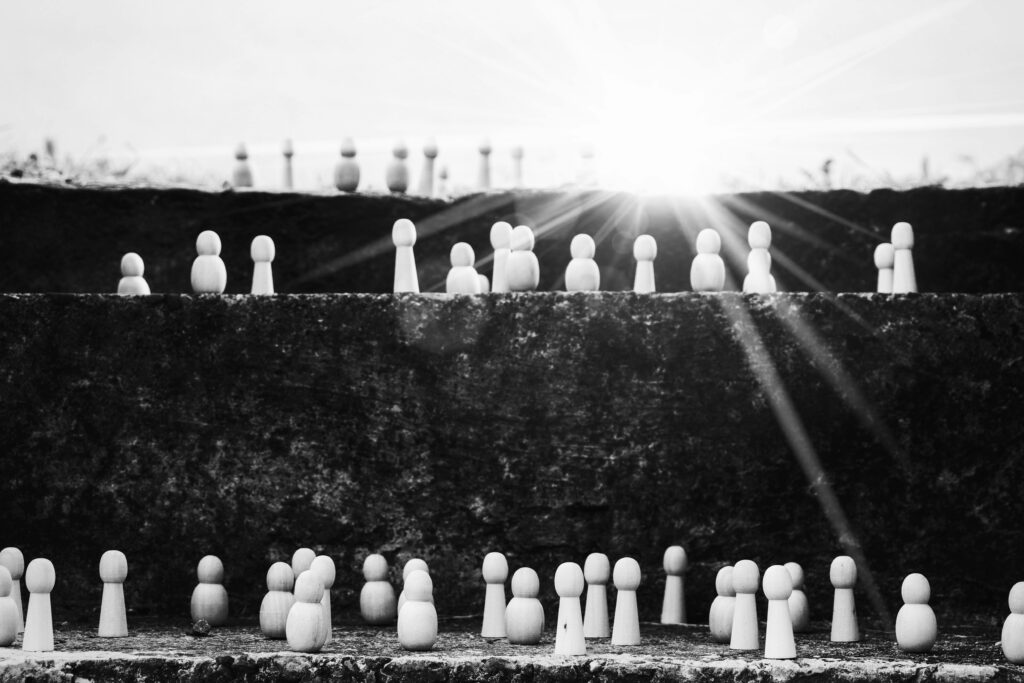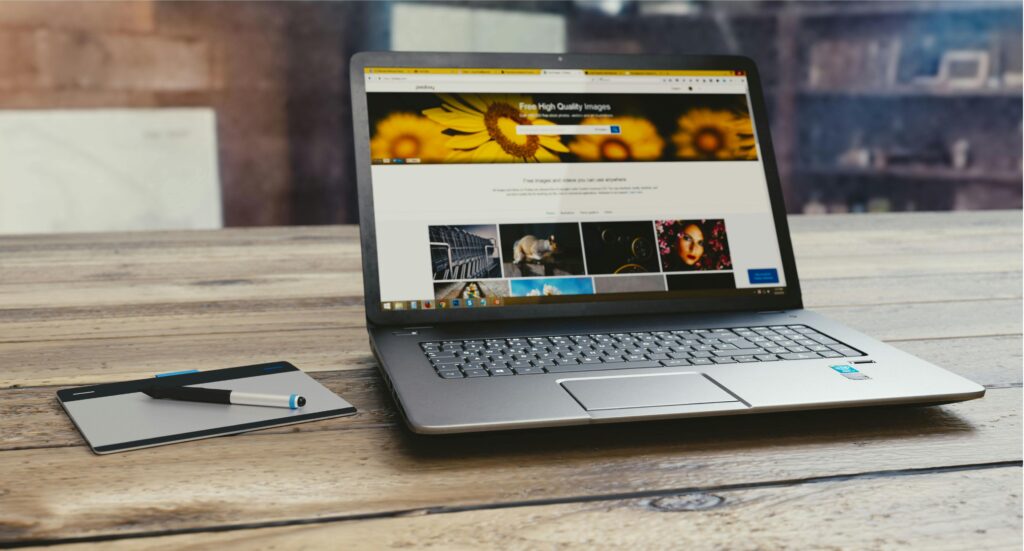In today’s swiftly evolving virtual landscape, the combination of artwork and era has revolutionized present-day layout. No longer restrained to separate domains, these two disciplines seamlessly merge to create revolutionary, interactive, and attractive personal stories. From virtual art and net layout to digital fact (VR) and artificial intelligence (AI), the confluence of creativity and technological advancements redefines how we understand and interact with the arena. This article explores the relationship between art and generation in modern design trends, its impact on various industries, and the potentially demanding situations and opportunities that arise.
The Evolution of Art and Technology in Design
Historically, artwork and technology have always been intertwined. From the improvement of attitude in Renaissance paintings to the invention of pictures, artists have long embraced technological advancements to push creative barriers. The upward push of digital gear has in addition accelerated these opportunities, modern design trends to test new techniques and media.
The introduction of virtual layout software including Adobe Creative Suite, CorelDRAW, and 3-D modeling gear has enabled artists to go beyond traditional creative limitations. With the electricity of modern design trends tools, together with Deep Dream and Runway ML, designers can now automate and decorate their creative techniques, making the artwork extra reachable and adaptable.
The Role of Technology in Modern Design
Technology performs an important position in shaping present-day layout traits. Digital equipment, automation, and synthetic intelligence have transformed the way Modern Design Trends conceptualize and execute their thoughts. Some key technological improvements influencing the current format embody:
1. Artificial Intelligence (AI) and Machine Learning
AI has become an activity-changer in the creative industry, providing designers with new techniques to automate repetitive responsibilities, generate precise seen factors, and customize patron reports. AI-pushed structures along, MidJourney, and Google’s DeepDream have opened new avenues for digital artists to discover modern-day styles and compositions. Machine studying algorithms additionally permit records-pushed Modern Design Trends, permitting designers to create patron-targeted testimonies tailored to man or woman picks.
2. Augmented Reality (AR) and Virtual Reality (VR)
AR and VR technologies are redefining how designers approach man or woman opinions. AR has extra proper the entirety from mobile packages to retail tales, imparting customers with interactive and immersive environments. Virtual fact has revolutionized structure, gaming, and schooling via growing hyper-realistic simulations that deliver users into completely digital worlds. Companies like Meta, Unity, and Unreal Engine are foremost the way in offering Modern Design Trends the equipment to craft those reviews.
3. Generative Design and Algorithmic Art
Generative layout, pushed using computational algorithms, allows designers to create complex systems and styles that would be impossible to obtain manually. Software like Autodesk’s Generative Design and Houdini permits designers to enter parameters and permit AI to generate optimized layout answers. This technique is broadly utilized in architecture, product layout, and virtual art installations, where difficult styles and systems emerge from code.
4. 3D Printing and Digital Fabrication
The creation of 3-D printing has bridged the space between digital layout and bodily reality. Artists and modern design trends now have the potential to prototype and manufacture tricky items with remarkable precision. From style and jewelry design to business prototyping, 3D printing allows for greater creativity and performance in bringing thoughts to lifestyles.
The Impact on Various Industries
The fusion of artwork and generation has inspired a couple of industries, reworking the way merchandise is designed, marketed, and eaten up. Below are some sectors in which this convergence is maximum obtrusive:
1. Web and Graphic Design
Modern internet and graphic layouts closely rely on generation to create visually appealing and useful interfaces. With the upward thrust of UX design gear like Figma, Sketch, and Adobe XD, modern design trends can craft intuitive consumer reports that merge aesthetics with usability. AI-pushed layout assistants further decorate productivity by using automating layout guidelines based totally on person behavior and trends.
2. Architecture and Interior Design
Technology has revolutionized structure and indoor design through 3D modeling, digital walkthroughs, and AI-driven planning equipment. Platforms like AutoCAD, Blender, and Rhino help architects visualize systems before they may be built, allowing better spatial making plans and useful resource management.
3. Fashion and Wearable Tech
The fashion enterprise has embraced generation through virtual textiles, smart fabrics, and 3-D-printed clothing. modern design trends such as Iris van Hempen have pioneered the usage of generation in high fashion, blending futuristic aesthetics with current materials.
4. Film, Animation, and Video Game Design
From CGI in movies to immersive online game environments, the entertainment enterprise has extensively benefited from technological upgrades. Tools like Unreal Engine and Blender allow artists to create photorealistic animations and interactive worlds which have been as soon as now not viable to reap.
Challenges on the Crossroads of Art and Technology
Despite the great functionality of integrating art and era in layout, there are various challenges that modern design trends and artists face:
Ethical Considerations: The rise of AI-generated artwork raises concerns about originality, authorship, and task displacement in the innovative industry.
Technological Learning Curve: Mastering new layout systems and software programs requires continuous knowledge acquisition, which can be overwhelming for artists accustomed to conventional strategies.
Balancing Creativity and Automation: While automation improves performance, over-reliance on generation may also stifle inventive expression and originality.
Digital Sustainability: With developing reliance on virtual modern design trends, there is a growing need to address environmental worries associated with statistics garages, electricity consumption, and digital waste.
Opportunities for Future Innovation
As generation continues to comply, so too will the possibilities for artists and architects to push innovative boundaries. The destiny of paintings and technology in cutting-edge layout holds full-size promise:
AI-Assisted Creativity: AI will continue to evolve as a tool that enhances, as opposed to replaces, human creativity. Artists can collaborate with AI to discover new creative patterns and strategies.
Blockchain and NFTs: The emergence of the blockchain era and Non-Fungible Tokens (NFTs) has revolutionized the art marketplace, imparting artists with new methods to monetize and guard digital creations.
Sustainable Design Innovations: Advances in sustainable design and the electricity-green era will emphasize green modern design trends, lowering digital creativity’s environmental footprint.
Hybrid Art Forms: The mixing of physical and digital paintings, consisting of augmented sculptures and interactive installations, will help redefine creative expression.
Conclusion
The intersection of art and generation in present-day design represents a dynamic and evolving panorama in which creativity meets innovation. As digital gear becomes greater sophisticated, artists and designers ought to navigate the challenges and opportunities provided by this convergence. By embracing technology at the same time as preserving inventive integrity, the future of layout will continue to be a testament to human ingenuity and the infinite capacity for creative expression. Whether in net layout, structure, fashion, or amusement, the fusion of art and era will form the aesthetics and functionality of the arena for generations to come back.



